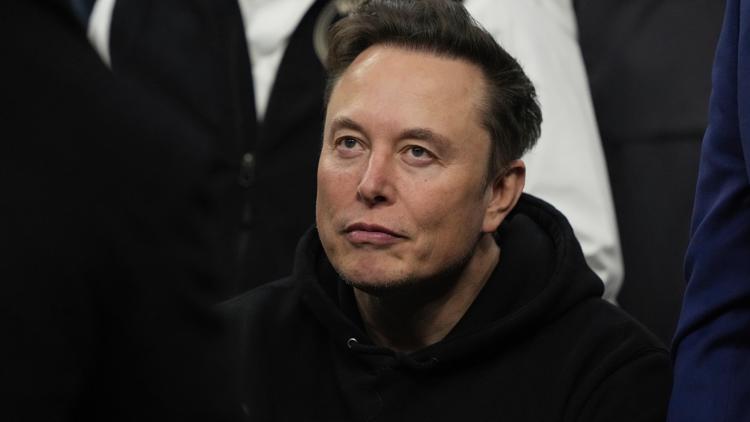Elon Musk, the billionaire entrepreneur behind SpaceX, is encountering unexpected challenges in his pursuit of lunar exploration, raising questions about the timeline and feasibility of his Moon-focused ventures. While Musk has long promised a future where humans can travel to and potentially colonize the Moon, recent developments suggest that technical obstacles, regulatory scrutiny, and market realities are slowing progress.
The Vision: Moon Missions and Beyond
Musk has framed lunar exploration as a cornerstone of his broader vision for human space settlement. SpaceX’s lunar initiatives include:
- Commercial lunar missions for government and private clients
- Development of the Starship launch system, designed to carry large payloads and human crews to the Moon and Mars
- Partnerships with NASA and international agencies to advance lunar infrastructure
The goal, Musk has often stated, is to establish a sustainable human presence on the Moon, creating a stepping stone for future Martian colonization.
Recent Setbacks
Despite ambitious plans, several challenges have emerged in 2025 that have slowed Musk’s lunar timeline:
1. Technical Hurdles with Starship
Starship, the flagship vehicle for lunar transport, has faced delays in:
- Engine reliability testing
- Payload integration for lunar landers
- Safety certifications required for crewed missions
Multiple test launches have encountered anomalies, leading to revised schedules and increased scrutiny from NASA and the Federal Aviation Administration (FAA).
2. Regulatory and Safety Concerns
The FAA has heightened oversight of Starship launches, particularly after incidents during orbital test flights. SpaceX now faces more rigorous safety reviews and environmental assessments, slowing down lunar mission approvals.
3. Market and Financial Pressures
While SpaceX has diversified revenue through satellite internet (Starlink) and government contracts, funding high-cost lunar missions remains challenging. Analysts note that ambitious timelines may clash with pragmatic budget realities, especially in an era of tightening space budgets and economic uncertainty.
Expert Analysis
Space industry analysts view Musk’s Moon ambitions as technically feasible but operationally complex.
“Elon Musk has transformed the commercial space sector, but lunar missions present a whole new level of difficulty,” said Dr. Laura Chen, a space policy analyst. “Delays are inevitable when you push the envelope on technology, regulation, and logistics.”
Others note that setbacks are not unusual in space exploration. Historical lunar programs, including NASA’s Artemis initiative, have also faced years of postponements due to technical and funding challenges.
Implications for Space Exploration
Musk’s lunar difficulties have broader implications:
- Commercial lunar market: Companies and investors may temper expectations for rapid private-sector lunar development.
- International competition: Other nations, including China, Russia, and India, are accelerating lunar programs, potentially overtaking private U.S. efforts in certain missions.
- Public perception: Repeated delays could influence public and political support for ambitious private space initiatives.
Despite these challenges, SpaceX remains a leading force in space innovation, with reusable rockets, commercial crew missions, and satellite deployment programs demonstrating significant achievements.
Musk’s Response
Musk has acknowledged delays but emphasizes the long-term vision:
“Space is hard. Moon missions are hard. Starship is progressing, and we remain committed to making lunar travel a reality in the coming years,” he stated during a recent SpaceX event.
He has also suggested that setbacks are part of the iterative process, with every test flight and technical challenge providing lessons for future missions.
Looking Ahead
SpaceX’s lunar ambitions will likely unfold in phases, with unmanned cargo missions preceding crewed flights. Analysts expect:
- Continued Starship refinement and safety validation
- Incremental development of lunar landers and infrastructure
- Partnerships with NASA and private entities to distribute risk and cost
The path to the Moon remains ambitious, risky, and costly, but Musk’s efforts continue to push the boundaries of private-sector space exploration, keeping both investors and the public watching closely.
Conclusion
Elon Musk’s journey to the Moon, while visionary, demonstrates the complex intersection of technology, regulation, and finance in modern space exploration. The setbacks underscore that even the most ambitious plans face reality checks, but they do not diminish the long-term potential of SpaceX’s lunar strategy.
The question now is not whether Musk will eventually reach the Moon—it’s when and under what conditions that milestone will finally be achieved.



